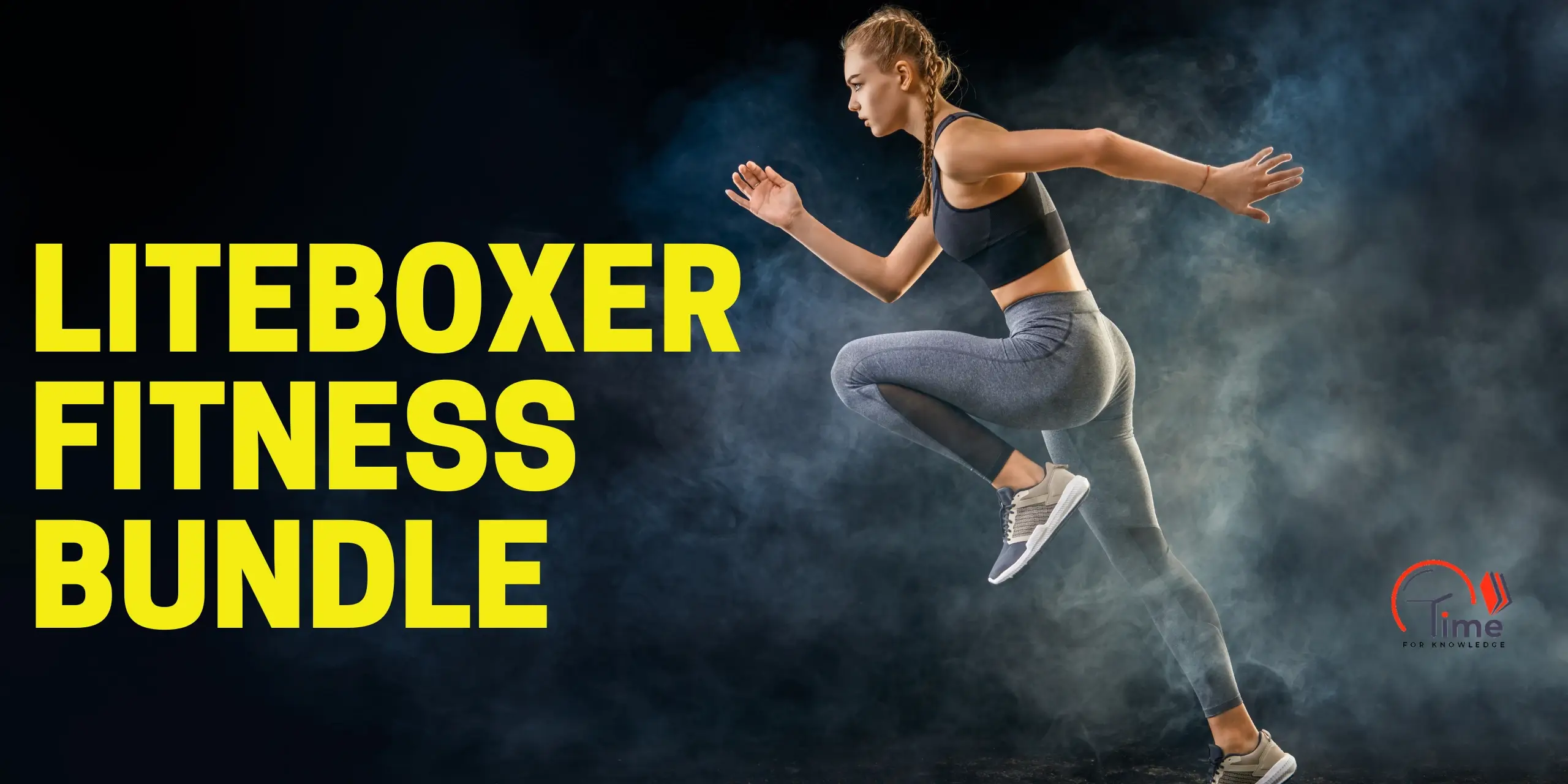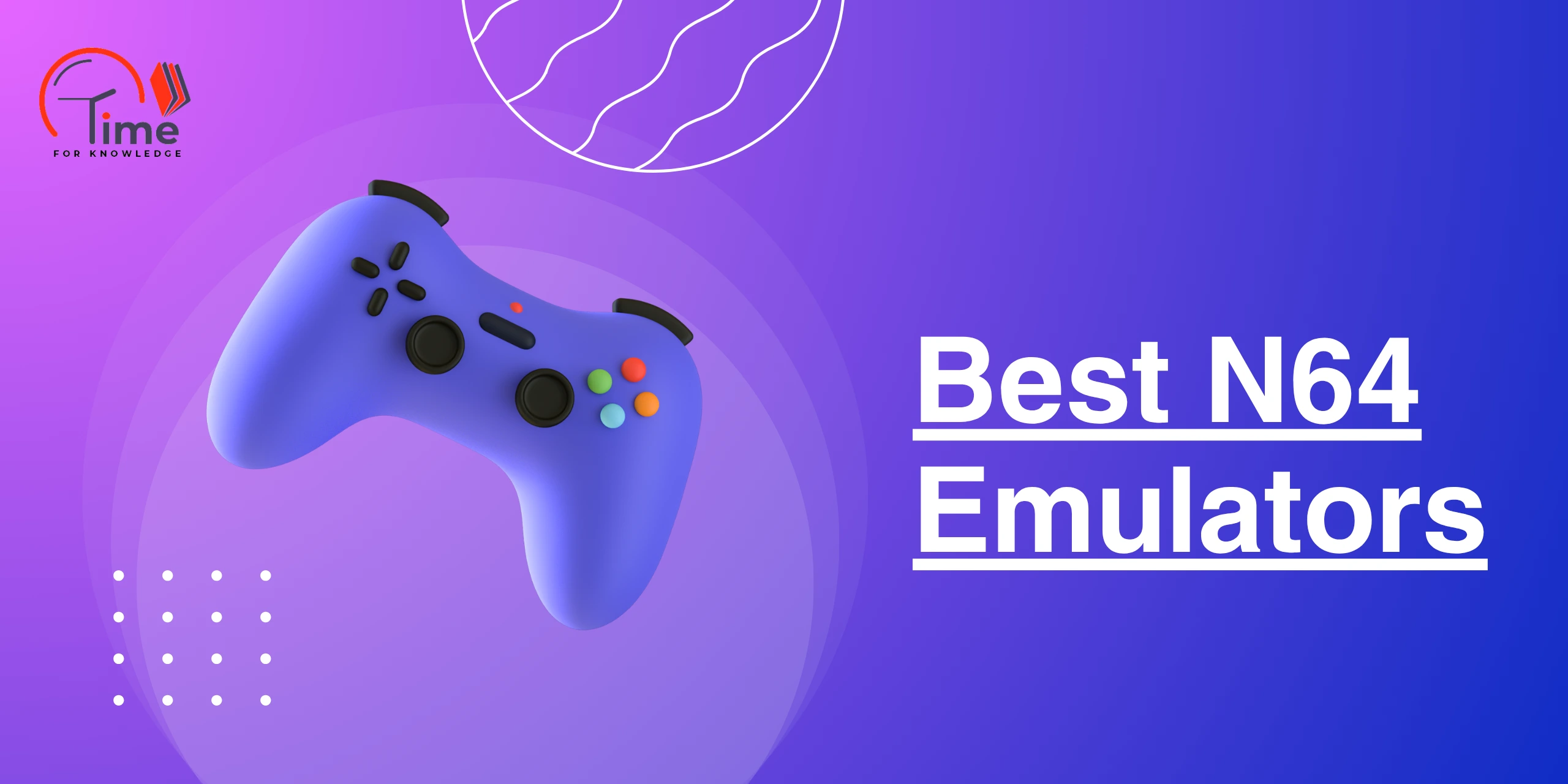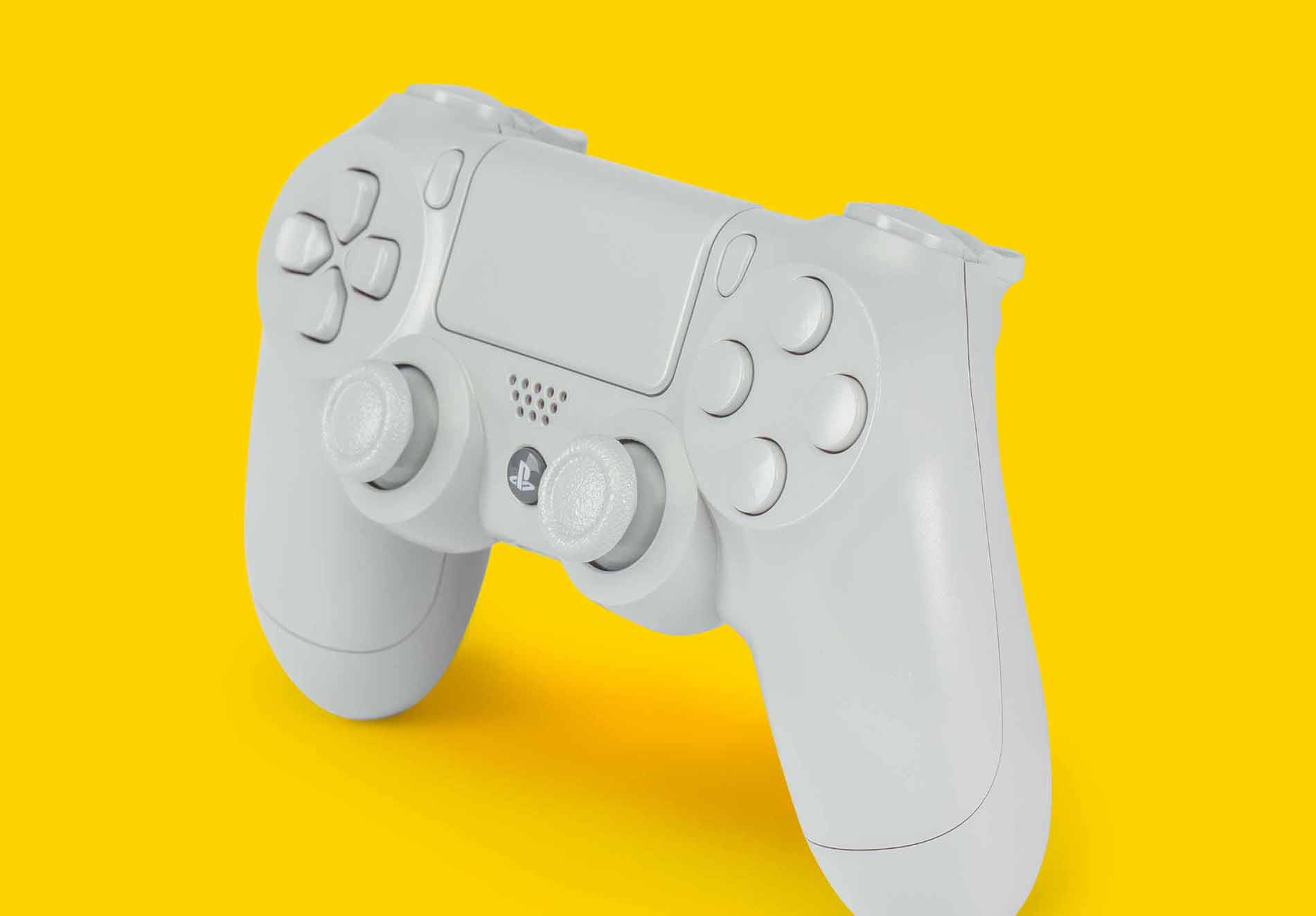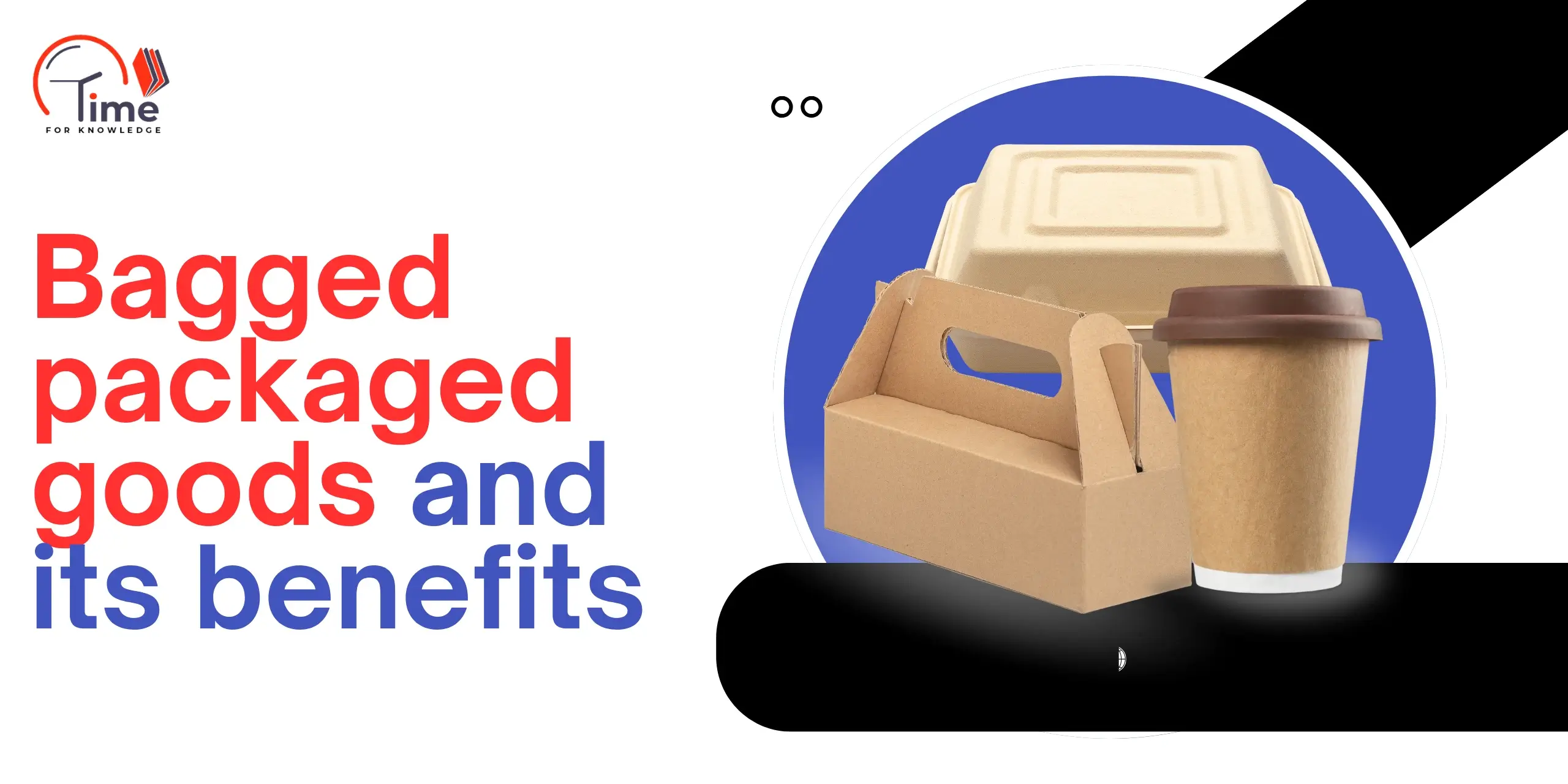Welcome to Time For Knowledge
Knowledge at one place
TimeForKnowledge is the premier source of technology updates, Digital Marketing, and startup news. It also provides all information that can be used to inspire people. Our team is connected to the world through this platform and delivers digital content.

Recent Posts
A New Adventure Everyday
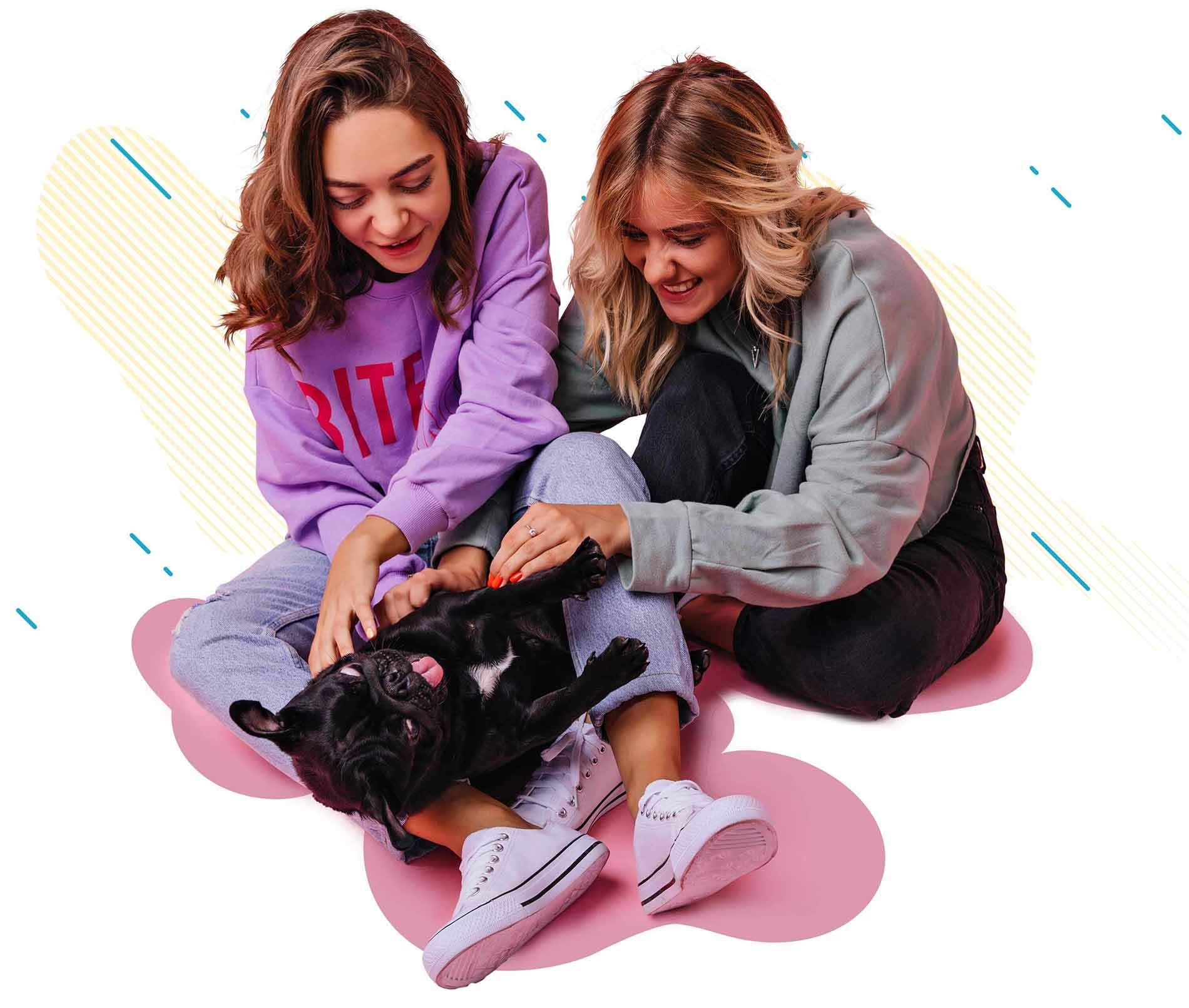
Our Mission
A Bit More About Us
We are passionate people who love blogging. As a group, we bring you the latest updates and releases from the Technology Industry. We are always available to assist young entrepreneurs with marketing tips and business ideas.
Time For Knowledge includes a variety of high-quality writing in the fields of Technology, Business and SEO, Social Media, Gadgets and Marketing, Lifestyle, and Home Improvement. We’ll share the most recent technologies with reviews and articles that are well-written and researched.
For more details, contact us at info.timeforknowledge(@)gmail.com
